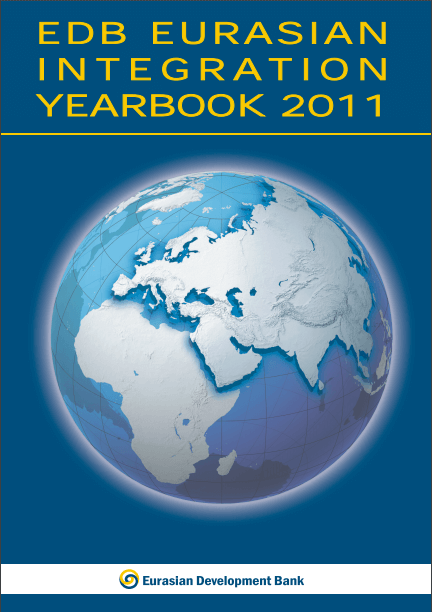(2011) EDB Eurasian Integration Yearbook
The Commonwealth of Independent States (CIS) remained the most rapidly growing region in the global economy throughout the 2000s. In 2003-2007, it was second only to Asian emerging markets in terms of annual economic growth rates. On the other hand, the region suffered worst from the fallout of the global economic and financial crisis: in 2009 real gross domestic product (GDP) in post-Soviet countries dropped by 6.6%, compared to 3.7% in Central and Eastern Europe, 1.8% in the western hemisphere, and continuing economic growth in some developing countries (IMF, 2010). The economic dynamics varied greatly across the CIS. The worst GDP drop was recorded in Ukraine and Armenia (by 15.1% and 14.2% respectively); these countries were followed by Russia and Moldova (7.9% and 6.5% respectively) in 2009. The Belarusian and Kazakh economies were nearly stagnant. At the same time, Azerbaijan, Turkmenistan and Uzbekistan demonstrated economic growth at over 4%. However, this general GDP performance was the product of complex interaction between very different components. The crisis has the most serious negative influence in investment demand. Investments in fixed assets in 2009 declined in six of the ten region’s countries for which data is available. The largest decline in investments was observed in Ukraine (41% of the previous year’s level), Armenia (37%) and Moldova (35%). In Azerbaijan and Tajikistan, investments dropped by 18% and in Russia by 16% (according to the CIS Interstate Statistics Committee).
